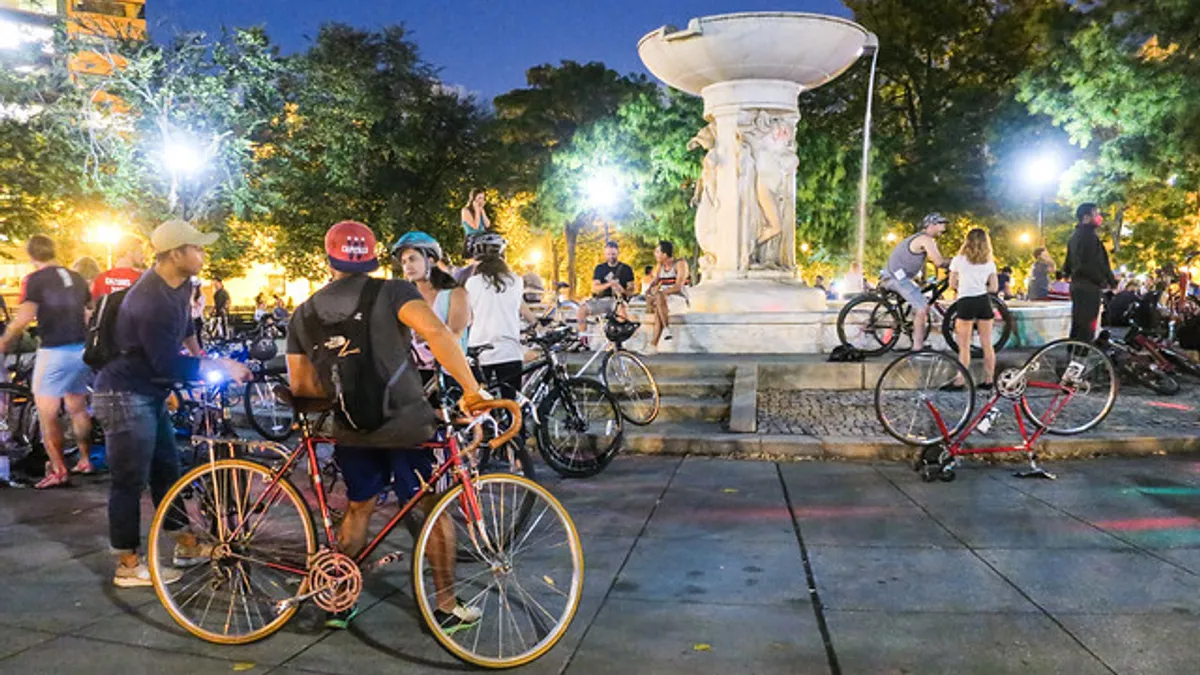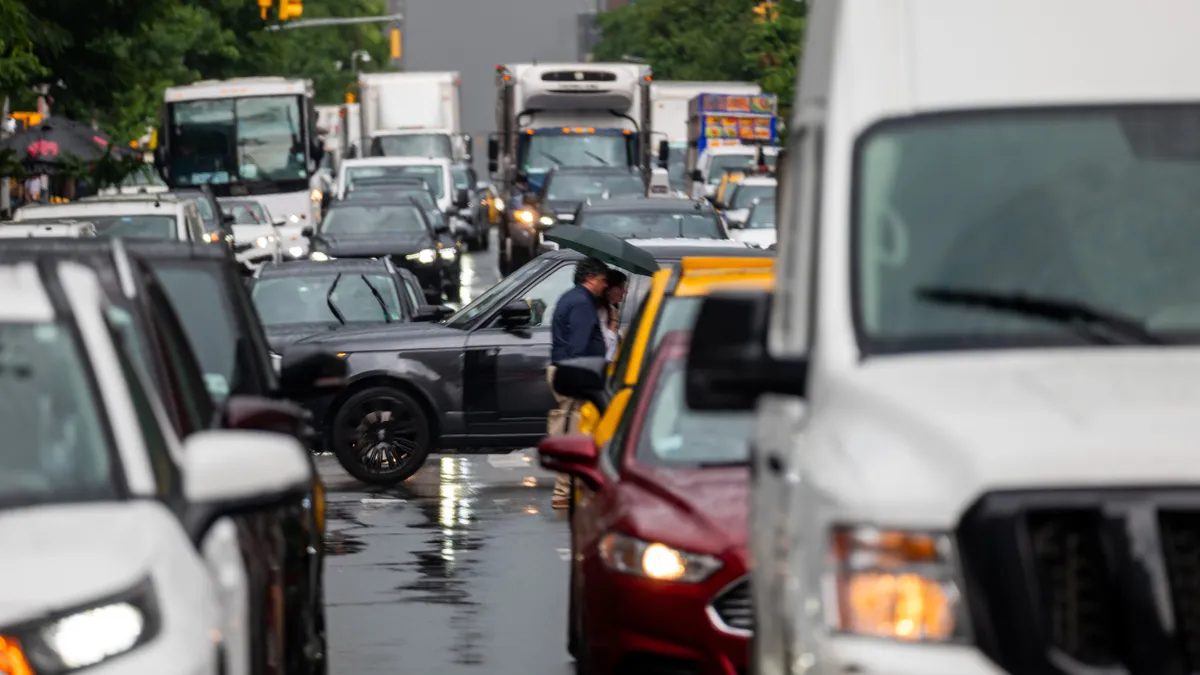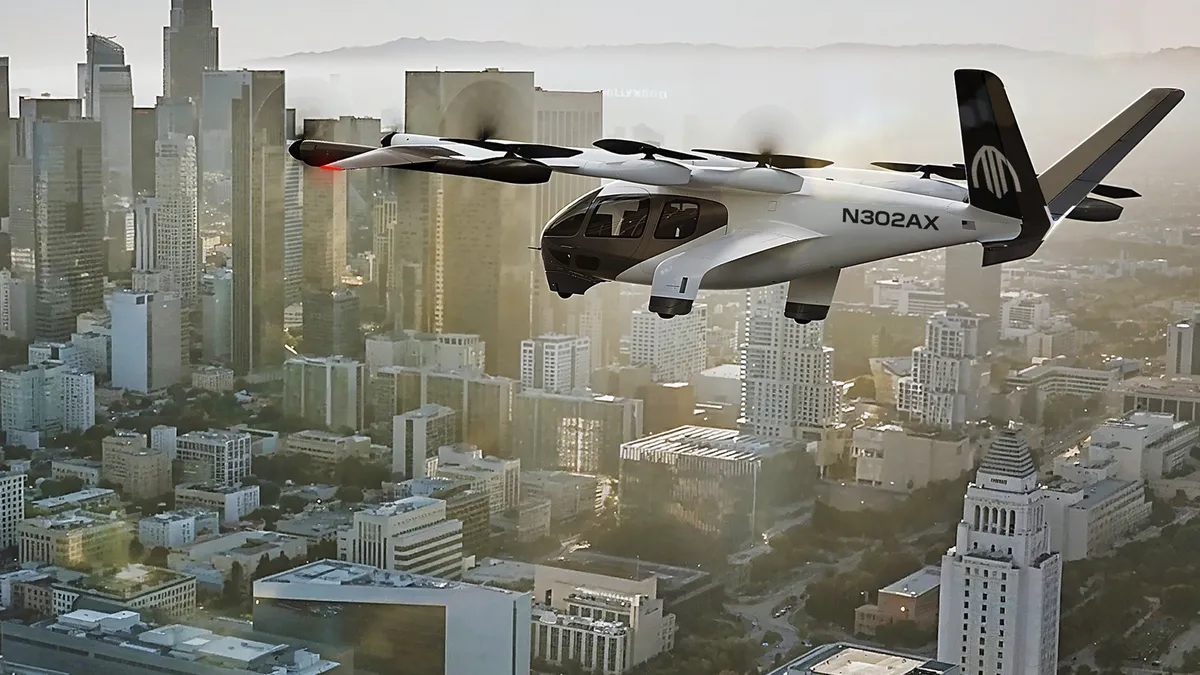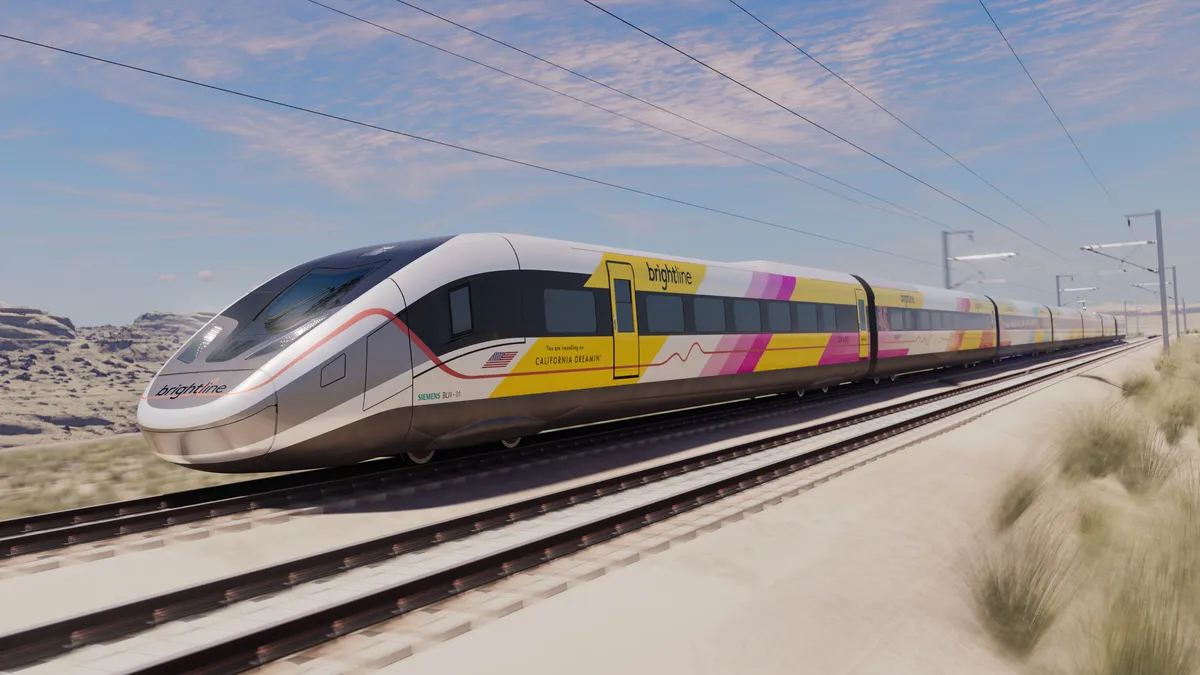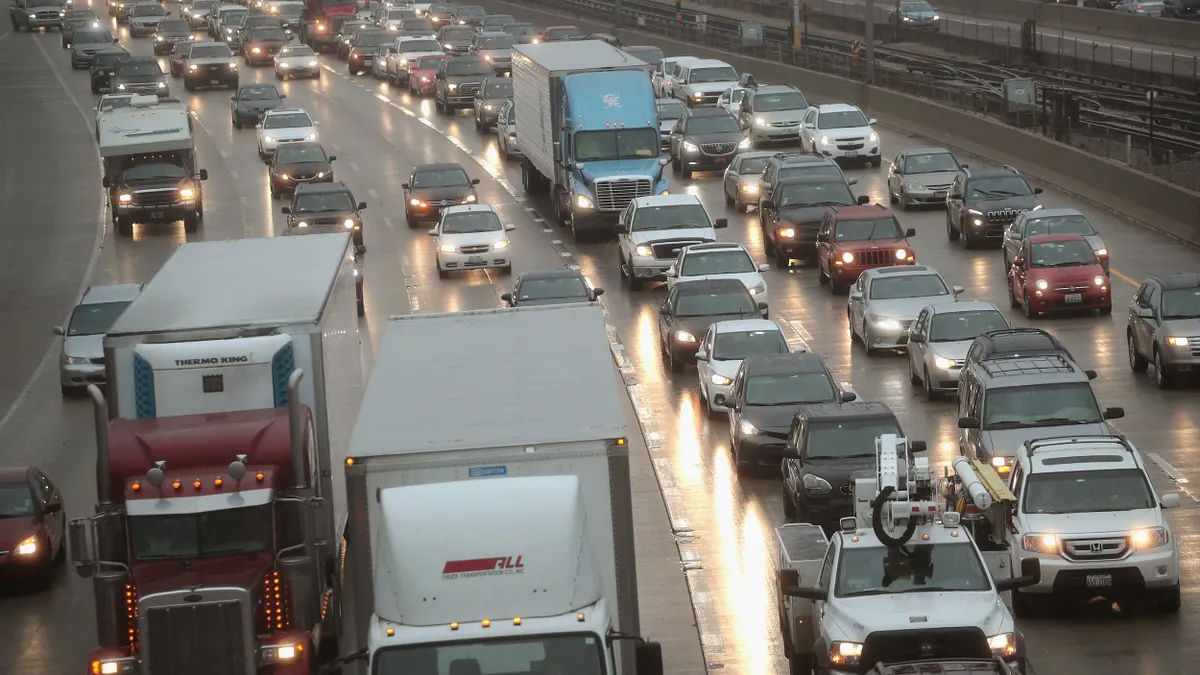Washington, DC’s cycling community was recently rocked by the death of Dave Salovesh, 54, a local bicycle advocate who spent his life promoting the importance of safe streets. On April 19, Salovesh was killed by a speeding driver on Florida Ave. Northeast, a road that has long been considered dangerous for cyclists.
Just days after Salovesh’s death, Bronx, NY resident Abdul Seck, 31, was fatally struck by a vehicle while visiting the Anacostia neighborhood in Southeast DC.
These fatalities sparked public outroar in the city and nationwide, leading city officials to propose emergency legislation and infrastructure investments that would redesign roads — particularly Florida Ave. — to further separate cars and cyclists. However, some believe these efforts are not enough, as the core of the problem isn’t just a lack of infrastructure: it’s dangerous driving.
“Unfortunately, horrible tragedies cause action,” said Mark Sussman, co-founder of How’s My Driving, an app that enables users to look up information on vehicle license plates — including citation history and outstanding tickets — and report violations such as improper parking or speeding. The app also encourages users to tweet the reports to respective enforcement agencies in the District, such as the Department of Public Works (DC DPW) or the Department of For-Hire Vehicles (DC DFHV).
“With Dave Salovesh’s death, people have been trying to act,” said Sussman. “We’ve seen a huge spike in traffic on the app, and I think that’s what we’re here for. We’re here to give people a voice, to empower them for catharsis and also to help people feel like they’re making a difference.”
The app was born after Sussman met local software engineer Daniel Schep at a Transportation Techies meetup in the city. Schep originally developed How’s My Driving as a Twitter bot in mid-2018, enabling the DC community to tweet a license plate at the @HowsMyDrivingDC handle and automatically receive information on outstanding tickets.
Sussman, a data analyst by trade, reviewed months of data from the bot to find there are hundred of thousands of dollars in outstanding citations in the city, though there’s no reciprocity for Maryland or Virginia drivers that receive parking violations in DC — unless they’re caught. Therefore Sussman and Schep turned the bot into an app as a tool to further assist the city in recovering funds, and to empower pedestrians and cyclists to “take back streets from dangerous drivers.”
“When you give people that candy, that citation information, it’s kind of like hitting a slot machine. It’s vindication, basically,” Sussman said. “It’s human nature. People want to feel vindicated, so it spurs submissions."
The app launched in January and is still in beta testing, though Sussman is optimistic that it could grow into a widely-used resource for both pedestrians and city officials. Nearly 800 beta testers use the app with more users coming on daily, which Sussman touts as “truly a grassroots movement.”
In order to flag real-time violations to enforcement agencies, users must report the violations from their personal Twitter accounts, which is an obstacle for users hoping to remain fully anonymous when sharing a violation. If How’s My Driving were to integrate with city enforcement agencies, users would be able to notify the departments directly within the app, but such partnerships have not yet happened.
DC DFHV has so far been supportive of the platform, however, noting the app advances the city's Vision Zero efforts.
“The How’s My Driving app is an example of the type of technological innovation that can be developed to support the Department of For-Hire Vehicles efforts to ensure safety on the District’s streets,” said DFHV Acting Director David Do in a statement to Smart Cities Dive. "The objective is to integrate the app so that complaint submissions can be delivered directly to our agency database. Future development will allow notification to be sent in real-time to on-duty Vehicle Inspection Officers."
DC DPW, the primary parking enforcement agency, currently uses its own License Plate Recognition System (LPRS) technology that assists officers in booting and impoundment when patrolling for violations. Sussman is hopeful that a potential integration with that agency could also boost efforts to recover fines and advance safety goals.
Sussman and Schep also aim to one day spread the app to other cities, such as New York, which is home to the How’s My Driving NY Twitter bot. (Sussman said that bot inspired many aspects of the DC app.)
“Ultimately, our goal is to spread this app as far and wide as we possibly can so we can empower pedestrians and cyclists across the country. We’re using DC as our test model and our proof of concept. It’s been fairly successful,” he said. “We think that this could be the start of a movement for pedestrians and cyclists.”



